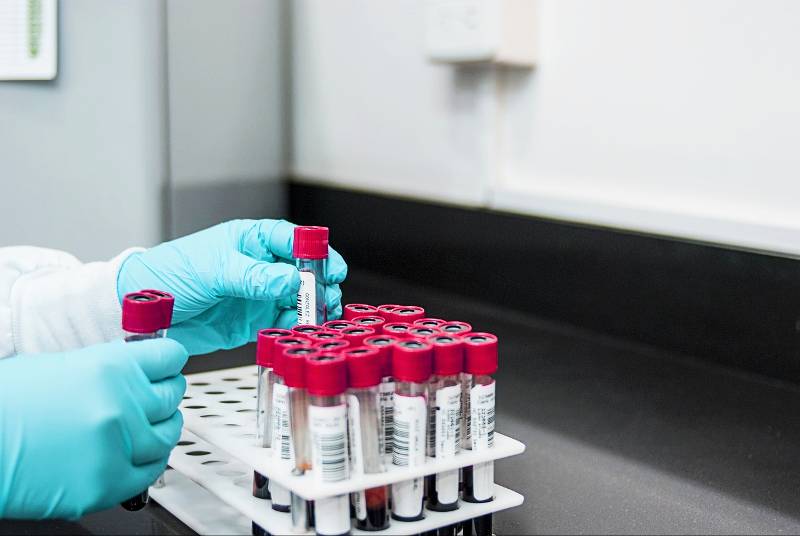
Obesity is a complex issue that involves various factors, including genetics. Recent research has identified a genetic trigger for obesity in some people, specifically those with faulty copies of the SMIM1 gene. This gene is linked to decreased function in the thyroid and declining energy expenditure, leading to excess fat storage.
According to studies published in reputable journals such as Med and CNN Health, individuals with two faulty copies of the SMIM1 gene weigh an average of 4.6 kilograms (10.14 pounds) more for women and 2.4 kilograms (5.29 pounds) more for men.
The SMIM1 gene was first identified a decade ago, but its role in obesity was only recently discovered by researchers at the University of Exeter, the University of Cambridge, Sanger Institute, Copenhagen University, and Lund University. The team analyzed genetic data from nearly 500,000 participants in the UK Biobank cohort and identified 104 people with the variant that leads to loss of function in the SMIM1 gene.
People without both copies of this gene have other measures linked to obesity, including high levels of fat in the blood, signs of fat tissue dysfunction, increased liver enzymes as well as lower levels of thyroid hormones. This genetic variant affects around 1 in 5,000 people with obesity.
The findings from these studies suggest that individuals with this genetic variant are more likely to be overweight or obese. This could lead to new treatments in the future and help reduce related stigma.
It is important to note that while genetics play a role in obesity, lifestyle factors such as diet and exercise also contribute significantly. Therefore, it is essential to approach weight management holistically, considering both genetic and environmental factors.




